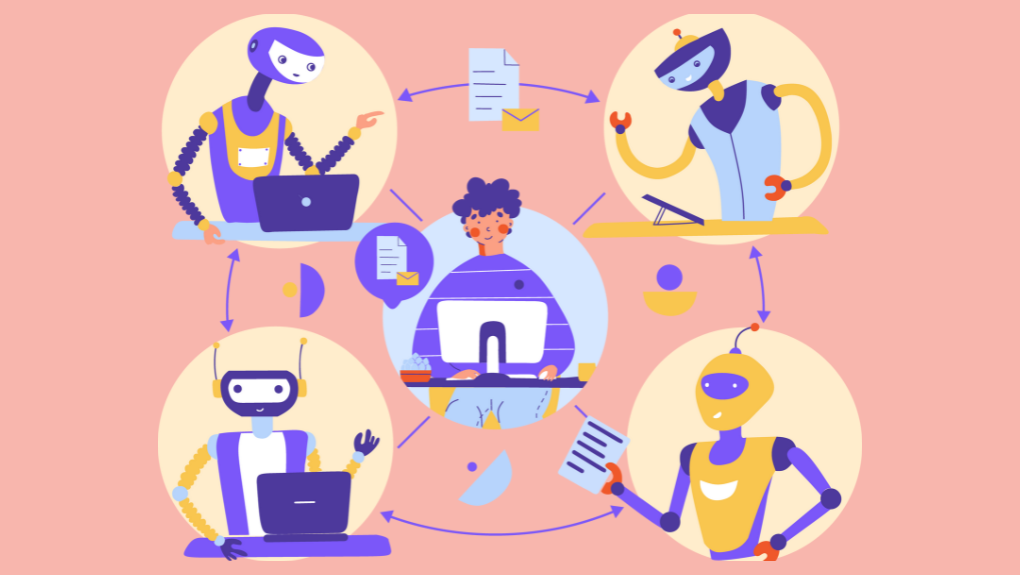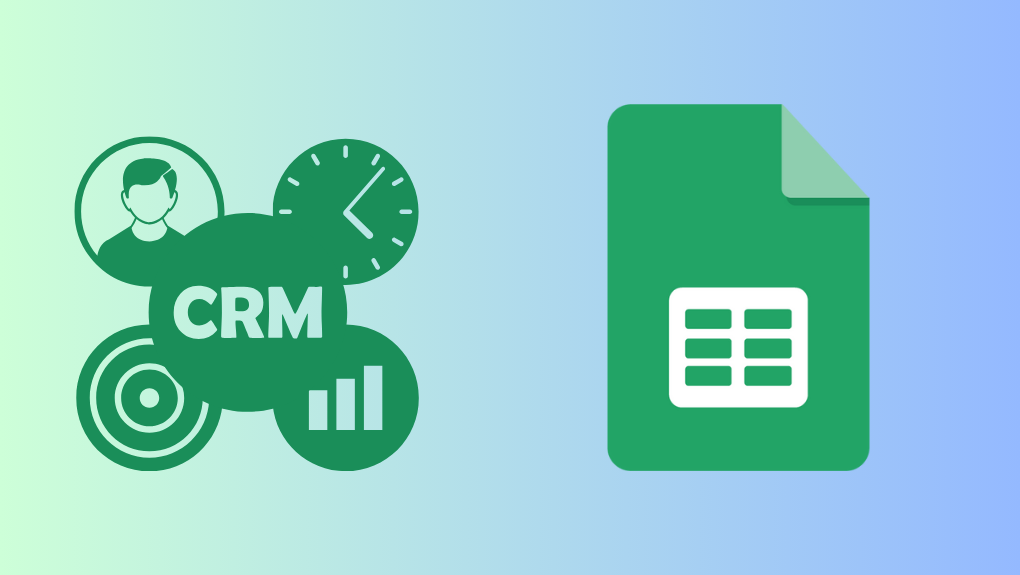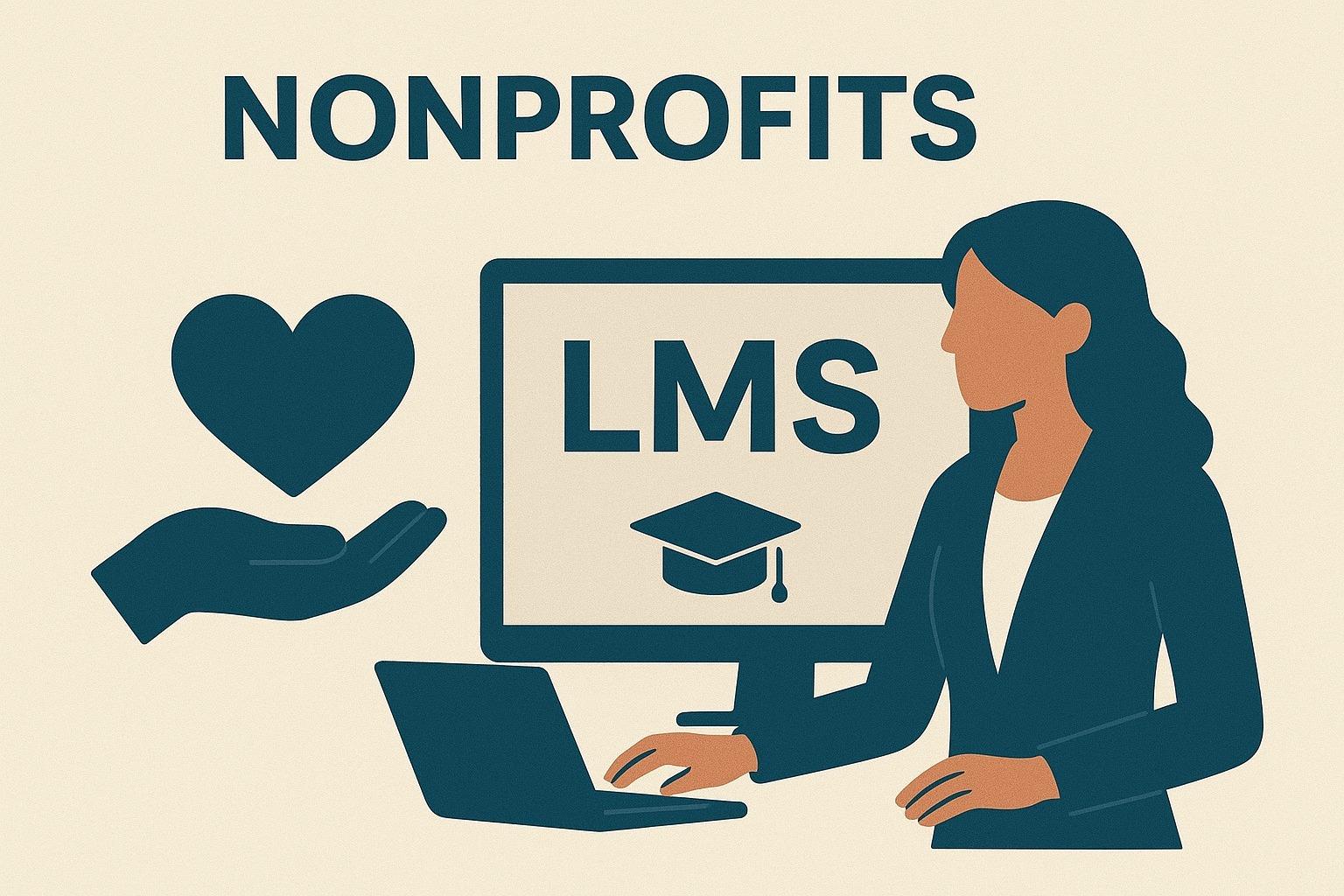Transformative Power of Document Automation in the Digital Age !
Contracts, invoices, sales quotes, brochures, and PowerPoint presentations require human input, but should they? Here's why document automation software can be your secret weapon for digital transformation, saving employees hours of time and preventing burnout.
We already automate various aspects of our lives with technologies like generative AI, such as Chat GPT. Apps and tools assist us with everything from instant business communication to quick flight check-ins, restaurant reservations, health tracking, and enhancing patient satisfaction.
In today's smartphone-dominated world, it's only natural to expect our workplaces to keep pace with time-saving, efficiency-boosting technology. However, while many companies prioritize productivity assessments and digital transformation efforts, some overlook one of the most significant productivity bottlenecks: document-related tasks.
Content lies at the core of every industry, often taking the form of documents. Managing and creating documents, whether it's invoices, contracts, or briefs, is pivotal for any modern business. Unfortunately, this work consumes valuable employee time and resources daily. According to our Content is Everything report, employees spend approximately 15 hours a week crafting content, which equates to nearly two full business days.
What's even more concerning is that:
1. 62% of teams admit to recreating content already existing in their organization.
2. 62% of employees consider reviewing and overseeing content the most crucial part of their job.
3. 60% of respondents state that content approval, which often involves five or more revision rounds, causes delays in other tasks.
4. As a result, 52% of surveyed workers expressed frustration with this process, contributing to employee burnout issues that many companies are grappling with.
In summary, inefficient document creation processes and a lack of streamlined tech infrastructure create numerous productivity obstacles affecting businesses everywhere.
However, there is a solution.
Document automation software is an emerging category that can address many of these challenges by automating time-consuming processes, giving employees more time for meaningful work. As technology is a major driver of productivity, it's no surprise that companies prioritizing digital transformation are investing in document automation software, asset management software, and other types of software to combat productivity bottlenecks.
What is document automation software?

Document automation software simplifies document creation. Instead of starting from scratch, these solutions provide access to on-brand, compliant company templates directly within your everyday tools like Microsoft Office, Salesforce, or others. In a similar way, AI-driven solutions such as chat with PDF AI allow users to interact with documents directly, making it easier to extract insights, edit, and automate workflows without wasting time on repetitive tasks.
By automating manual document work, your employees can focus on essential tasks, making document automation a priority for 37% of enterprises in the next 12 months.
A. Keeping Content Up to Date
1. Documents often contain critical business information, and in a fast-paced environment, the content within them can change frequently.
2. As your company grows, brand elements may evolve, titles might change, and products or services could undergo revisions.
3. Manually managing these updates can be daunting, especially in large organizations, and it consumes both employee time and resources.
B. Define Your Document Templates
1. Identify the types of documents you frequently create, such as reports, contracts, invoices, or letters.
2. Create well-structured templates for each document type, including placeholders for dynamic content like names, dates, and figures.
C. Choose the Right Software
1. Select a document automation tool or software that suits your needs.
2. Some popular options include Microsoft Word with macros, Google Docs with add-ons, or dedicated document automation platforms like PandaDoc or Templafy.
D. Data Source Integration

1. Connect your document automation tool to relevant data sources. This could be databases, spreadsheets, CRM systems, or external APIs.
2. Ensure data integrity and accuracy in your source data to avoid errors in generated documents.
E. Automated Data Population
1. Implement data merging or mail merge functionality to populate placeholders in your templates with data from your sources.
2. Define rules for data mapping, so the automation system knows where to insert specific information.
F. Document Generation Triggers
1. Determine the triggers that initiate document generation.
2. This could be user requests, specific events (e.g., a new customer sign-up), or scheduled intervals.
The solution lies in harnessing document automation software. This technology transforms static best-practice templates into flexible, dynamic ones. For instance, Templafy's software not only stores documents but also ensures that the latest data is automatically integrated. This makes document compliance effortless, eliminating potential risks from the equation.
In its current form, document creation consumes a significant amount of employee time and negatively impacts productivity and morale. For businesses aiming to expedite their digital transformation journey, prioritizing document automation solutions is essential. This not only boosts productivity and efficiency but also retains employees and allows them to concentrate on meaningful work rather than getting bogged down by document-related tasks.
Final Words
The transformative power of document automation in the digital age cannot be overstated. As businesses navigate the ever-evolving landscape of technology and data, embracing document automation is not merely an option; it's a strategic imperative. It accelerates workflows, reduces human errors, and liberates valuable employee time to focus on innovation and strategic endeavors.
By automating document processes, organizations can unlock new levels of efficiency, agility, and competitiveness. As we move further into the digital era, those who harness the full potential of document automation will lead the charge in achieving true digital transformation, setting new standards for productivity and success.
The journey towards a digitally transformed future begins with a single step—embracing document automation as a core component of your strategy. The rewards are profound, and the possibilities are limitless. It's time to empower your organization for the digital age and embrace the transformational possibilities of document automation.







